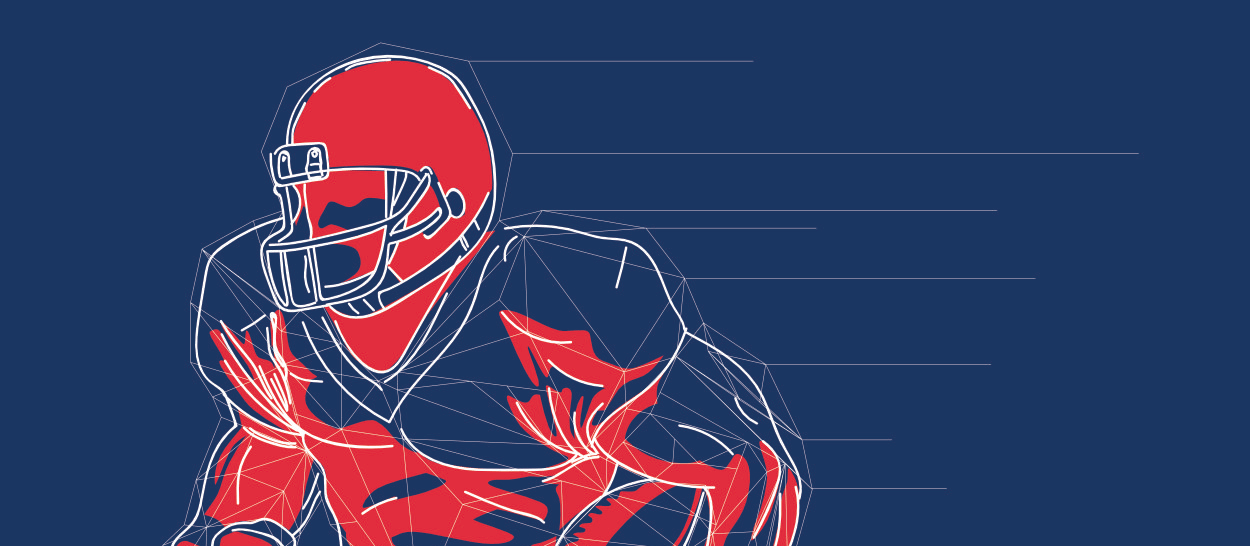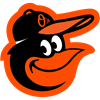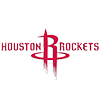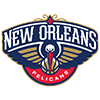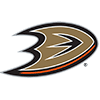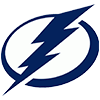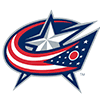Using a wide receiver-focused strategy last season in nine leagues, I made the playoffs in eight and won four. It's a small sample, but still impressive. And I had winning years two of the previous three seasons with this strategy. And the amazing thing is last year none of my winning teams had any of the best fantasy players: Peyton Manning, LeSean McCoy or Jimmy Graham.
The core of the strategy is simple in that it tries to avoid risk with your most expensive players and embrace risk elsewhere. Fantasy football is chaos. It's hard to forecast the success of any player who depends on 10 other teammates working in unison. It's also a brutal game. Injuries happen to seemingly invincible players every season (Tom Brady in 2008, Peyton Manning and Adrian Peterson in 2011).
Last season, six of the top 12 players on everyone's draft board (as determined by Average Draft Position (ADP) at MyFantasyLeague for non-ppr, redraft leagues) were "Busts" - players who didn't finish the season as a starter in a 12-team league that starts two
Using a wide receiver-focused strategy last season in nine leagues, I made the playoffs in eight and won four. It's a small sample, but still impressive. And I had winning years two of the previous three seasons with this strategy. And the amazing thing is last year none of my winning teams had any of the best fantasy players: Peyton Manning, LeSean McCoy or Jimmy Graham.
The core of the strategy is simple in that it tries to avoid risk with your most expensive players and embrace risk elsewhere. Fantasy football is chaos. It's hard to forecast the success of any player who depends on 10 other teammates working in unison. It's also a brutal game. Injuries happen to seemingly invincible players every season (Tom Brady in 2008, Peyton Manning and Adrian Peterson in 2011).
Last season, six of the top 12 players on everyone's draft board (as determined by Average Draft Position (ADP) at MyFantasyLeague for non-ppr, redraft leagues) were "Busts" - players who didn't finish the season as a starter in a 12-team league that starts two running backs, three wide receivers, one quarterback, one tight end, one team defense and one kicker (top-24 RB, top-36 WR, top-12 QB and top-12 TE).
If the industry consensus is no better than a coin flip to determine who to take in the first round, what can you count on? It turns out there's a strategy that offers calm in this chaos: taking wide receivers in the first round. Of course, that strategy comes with tradeoffs later in the draft, but before we consider those take a look at one stunning trend.
| Performance of Wide Receivers Taken in Top 15 ADP Since 1998 | |||||
| Year | Name | ADP | VBD | position ranking | |
| 1998 | Antonio | Freeman | 12.77 | 103 | 2 |
| 1999 | Randy | Moss | 7.62 | 97 | 2 |
| 1999 | Antonio | Freeman | 14.26 | 24 | 20 |
| 2000 | Randy | Moss | 13.4 | 123 | 1 |
| 2000 | Marvin | Harrison | 11.06 | 115 | 2 |
| 2001 | Marvin | Harrison | 12.87 | 110 | 1 |
| 2001 | Randy | Moss | 7.59 | 55 | 5 |
| 2002 | Marvin | Harrison | 15.02 | 119 | 1 |
| 2002 | Terrell | Owens | 11.46 | 101 | 2 |
| 2002 | Randy | Moss | 11.14 | 65 | 5 |
| 2003 | Marvin | Harrison | 12.93 | 83 | 5 |
| 2003 | Terrell | Owens | 15.72 | 60 | 12 |
| 2004 | Marvin | Harrison | 15.91 | 74 | 5 |
| 2004 | Randy | Moss | 12.24 | 28 | 19 |
| 2005 | Randy | Moss | 13.98 | 32 | 15 |
| 2006 | Steve | Smith | 15.63 | 60 | 8 |
| 2008 | Terrell | Owens | 14.51 | 53 | 9 |
| 2008 | Randy | Moss | 9.85 | 51 | 10 |
| 2009 | Larry | Fitzgerald | 8.71 | 75 | 5 |
| 2009 | Andre | Johnson | 12.75 | 100 | 1 |
| 2009 | Randy | Moss | 13.26 | 92 | 2 |
| 2010 | Andre | Johnson | 6.92 | 56 | 6 |
| 2010 | Larry | Fitzgerald | 12.19 | 35 | 16 |
| 2010 | Randy | Moss | 14.26 | -46 | 67 |
| 2011 | Roddy | White | 13.21 | 62 | 8 |
| 2011 | Andre | Johnson | 13.56 | -54 | 71 |
| 2011 | Calvin | Johnson | 15.65 | 149 | 1 |
| 2012 | Calvin | Johnson | 6.63 | 149 | 1 |
| 2013 | Calvin | Johnson | 9.32 | 9.32 | 3 |
Since 1998, only two receivers taken in the top 15 overall of ADP have been busts. Andre Johnson only played seven games in 2011 due to hamstring injuries. Randy Moss had a bizarre season in 2010 where he began the season as the No. 1 wideout on the Patriots and was shockingly traded two times. That's it. One injury. One fluky fall from grace. And these receivers were not just clearing the minimum, they were usually top players at their position. Only seven of the 29 receivers finished outside the top 10 at the position at the end of the season. That means you had a slightly better than 75 percent chance of getting a top-10 receiver by taking a top wideout. And 16 of the top 28 receivers finished in the top-five overall at their position at the end of the season. That means you had a 59 percent chance of landing a top-five receiver. The tradeoff is that running backs have more upside in the first round. A running back taken in the top five overall had an average Value Based Draft (VBD) total of almost double the wide receivers taken in the top 15. From 1998-2006, running backs taken in the top 15 overall had 33 percent more VBD than wide receivers in the top 15.
Peformance By Position & ADP Since 2006
| POS | ADP | VBD | Avg. VBD | Players | Bust | Bust Percentage |
| QB | Top 5 | -108.45004 | -36.15 | 3 | 1 | 0.33 |
| QB | Top 15 | 981 | 49.04 | 20 | 3 | 0.15 |
| QB | Top 25 | 1912 | 57.95 | 33 | 4 | 0.12 |
| QB | Top 50 | 1604 | 25.47 | 63 | 20 | 0.32 |
| QB | Top 75 | -331 | -3.34 | 99 | 42 | 0.42 |
| WR | Top 5 | 0 | 0 | |||
| WR | Top 15 | 934 | 71.84 | 13 | 2 | 0.15 |
| WR | Top 25 | 3115 | 63.57 | 49 | 6 | 0.12 |
| WR | Top 50 | 5766 | 39.76 | 145 | 31 | 0.21 |
| WR | Top 75 | 5404 | 22.33 | 242 | 82 | 0.34 |
| RB | Top 5 | 1807 | 78.58 | 23 | 3 | 0.13 |
| RB | Top 15 | 3617 | 48.88 | 74 | 21 | 0.28 |
| RB | Top 25 | 4355 | 38.54 | 113 | 38 | 0.34 |
| RB | Top 50 | 4156 | 22.11 | 188 | 76 | 0.4 |
| RB | Top 75 | 2566 | 9.98 | 257 | 118 | 0.46 |
| TE | Top 15 | 0 | 0 | |||
| TE | Top 25 | 201 | 67.13 | 3 | 0 | 0 |
| TE | Top 50 | 357 | 20.97 | 17 | 5 | 0.29 |
| TE | Top 75 | 574 | 12.47 | 46 | 16 | 0.35 |
| K | Top 125 | -63 | -4.5 | 14 | 10 | 0.71 |
| K | Top 200 | -2468 | -21.1 | 117 | 93 | 0.79 |
But since 2006 with the many rules changes favoring the passing game, that relationship has changed. Running backs don't have as much upside as before. While the previous decade of fantasy football saw running backs such as Priest Holmes, Marshall Faulk, Terrell Davis and Edgerrin James almost single-handedly win fantasy leagues, those types of running backs have declined. From 2006 to 2013 we've seen five running backs have seasons over 180 VBD (.625 per season), compared to 13 (1.625 per season) from 1998-2005.
A first-round running back also doesn't outperform a wide receiver any more. From 2005 to 2013, wide receivers in the top 15 of ADP earned an average of 20 percent more VBD than running backs in the top 15 of ADP. The relationship has flipped. Wide receivers are safer in the first round and return more upside. The exception may still be the top running backs as those taken in the top five of ADP have returned the largest VBD of any position. No wide receiver has been in the top five of ADP in any season, so it's hard to compare, and we're dealing with small sample sizes in just nine seasons. But the very top running backs continue to deliver, if at a lesser rate, than a decade or two decades ago.
All of those trends make a compelling case for a strategy that takes wide receivers early and running backs and quarterbacks late. Next week we'll look at putting the wide receiver strategy into practice.


